In honor of the Olympics we’ve decided to give gold medals to some our national parks based on national parks history. First the bad news: Japan has banned spectators at this year’s Olympic Games in Tokyo. Its government has declared a national emergency due to a rise in coronavirus cases.
Now the good news: Since you won’t be able to attend the Olympic Games, why not go for the gold with a front row seat at one of America’s gold medal national parks.
And, the best news of all is that you don’t have to be an armchair athlete. At this venue, YOU can hike, bike, swim, fish, boat, enjoy the wildlife or just relax and enjoy the beauty of nature. Now, how’s that for a true gold medal experience?
National Parks History | Who Are These Guys?
We’re the Pattiz Brothers. We’ve spent our entire adult lives exploring and filming America’s national parks and public lands. Additionally, our dad and lifelong history teacher, Dr. Tony Pattiz, has assisted with this article.
What have we got against the Olympics? Why absolutely nothing! Remember: You can’t be there! Don’t blame us. We didn’t do it. But, since you’re not traveling to Tokyo for an Olympic adventure, why not have an incredible adventure in your own backyard (figuratively speaking, of course).
Our goal is to help you select that adventure. You won’t have to figure out which parks are the best of the best. We’ve already done that for you. We want you to go for the gold just like our Olympic athletes. And, we intend to help you by providing our list of gold medal national parks as you plan your next vacation getaway.
Now remember, all 63 of America’s national parks are winners in our book just as every athlete who competes in Tokyo is a winner by virtue of being selected. That having been said, we know your time is limited. We want you to have a spectacular outdoor experience. So, here we go!
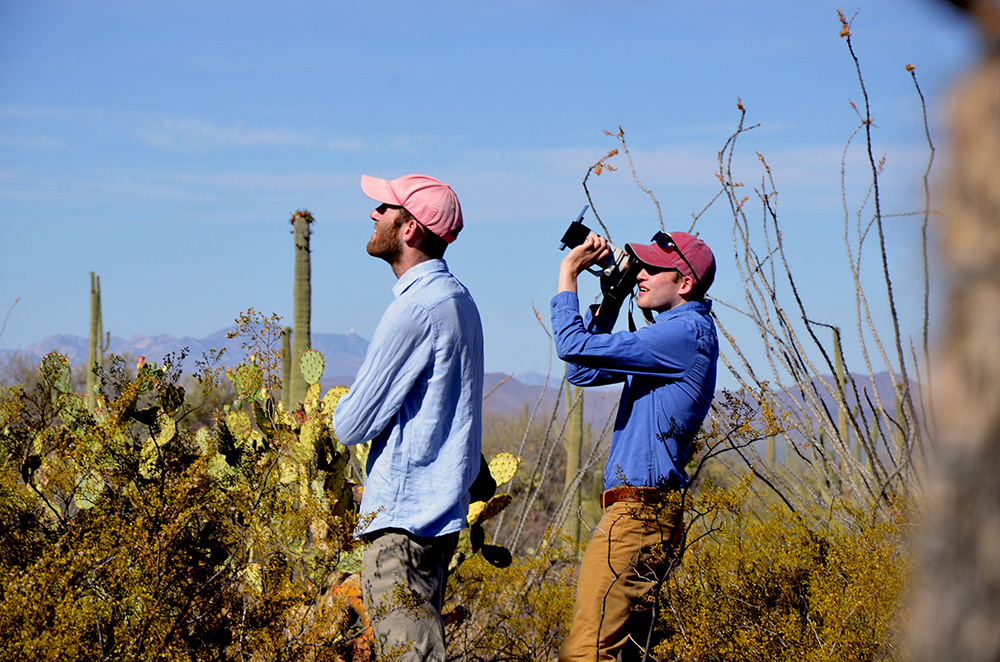
How Did We Choose these Parks?
We’ve worked with the National Park Service, U.S. Department of the Interior and the U.S. Forest Service for years creating a series of award-winning films. Our films celebrate the beauty and splendor of what writer and historian Wallace Stegner called “the best idea we ever had.” Our work has been featured in leading publications all over the globe. Even members of our own family suspect we might actually know what we’re doing when it comes to selecting great parks to visit.
Our mission, should we decide to accept it (spoiler alert: we already did!), is to bring these incredible places to life for you. So, whether you decide to boldly go where no camping adventure has taken you before or you would simply prefer to enjoy these magnificent places from the comfort of your own home (check out our amazing films) then we want to be your travel guides.
Now that you’re completely and absolutely sold that we’re the guys to hand out those coveted gold medals, we want to give you our list of the best of the best.
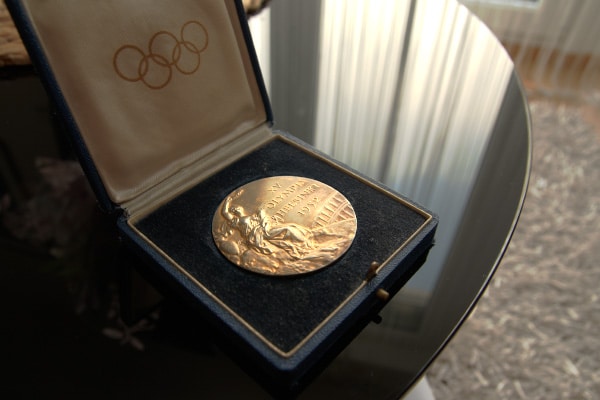
A Word About Our Methodology | National Parks History
Now you might be wondering how we ranked all of these parks. Our ranking system is not perfect. What ranking system is after all. We’re hoping we’ve done a better job than the college football playoff selection committee. Besides, we don’t have win-loss records, strength of schedule, conference championships won, head-to-head results or results against common opponents to evaluate.
What we’ve done, instead, is to rank all 63 national parks based on a number of factors including: accessibility, crowd sizes, recreational opportunities, park amenities, and, of course, scenic beauty. And, to differentiate these rankings from our earlier efforts and to appease our father who taught history for twenty-seven years (not to mention the fact that he now works with us), we’ve decided to add one additional criteria which will scramble our earlier rankings: National Parks History.
That’s right! What, if any historical significance, does the park bring to the table. After all, when Simone Biles walks out onto the floor or the Alabama Crimson Tide take the field, there’s a history at work that’s difficult to ignore. So, for this article, we’ve decided not to ignore it.
I don’t run away from a challenge because I am afraid. Instead, I run toward it because the only way to escape fear is to trample it beneath your feet.
—Nadia Comaneci, gold-medal gymnast
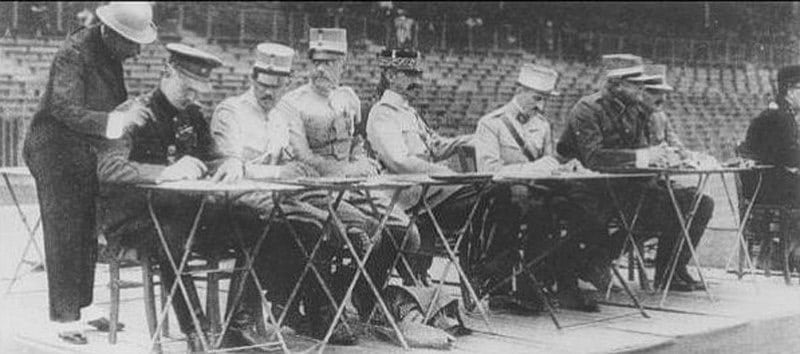
National Parks History | A Ranked Guide
Yellowstone National Park History
The gold medal is the gold medal. This is NOT a top ten list. We don’t rank Michael Phelps ahead of Simone Biles or vice versa. Their both great Olympic Champions. The order in which we present these parks to you does not reflect any preference regarding which one is preferable to another. We realize that judging is subjective. As always, we welcome your comments and suggestions.
That having been said, we’re more comfortable with the old IJS (International Judging System) where the judges did not reveal their scores to the public. While it’s more controversial, we hope it will encourage more feedback from our readers.
We begin with the granddaddy of them all. When it comes to history, Yellowstone’s got it. It’s the first national park to be established by President Ulysses S. Grant on March 1, 1872. Yellowstone is an absolutely spectacular and magical national park. A landscape dotted with otherworldly thermal works, bison holdouts from a time when they ruled the prairie, a thriving wolf population and an encapsulation of the great American west.
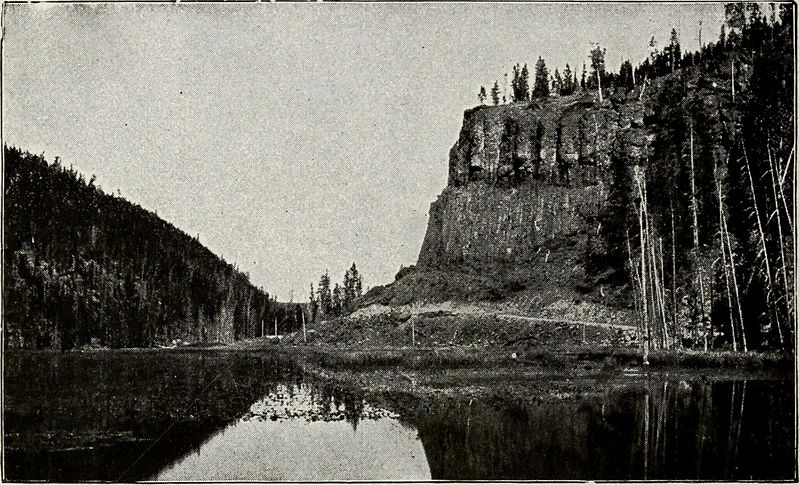
In every walk with nature one receives far more than he seeks.
-John Muir
Yosemite National Park History
Yosemite was central to the development of the national park idea. In 1903, a dam which was proposed in the Hetch Hetchy Valley (northern portion of the park) would spark widespread controversy. This controversy would pit John Muir against Gifford Pinchot.
While both men figure prominently in the conservation movement, Muir believed that the wilderness should be preserved whereas Pinchot thought that the environment should be conserved. Their “preservation” versus “use” debate would pit one group of conservationists against another.
There’s a wonderful story that the battle over Hetch Hetchy would prompt successful businessman and outdoor enthusiast Stephen Mather to write a letter to Secretary of the Interior, Franklin Lane. Mather complained about the state of the national parks in general and Yosemite in particular.
According to the story, Lane responded, “Dear Steve, If you don’t like the way the national parks are run, who don’t you come down to Washington and run them yourself?” Whether it’s true or not, Mather did come down to Washington. He become our nation’s first director of the National Park Service and ran those parks for quite some time.
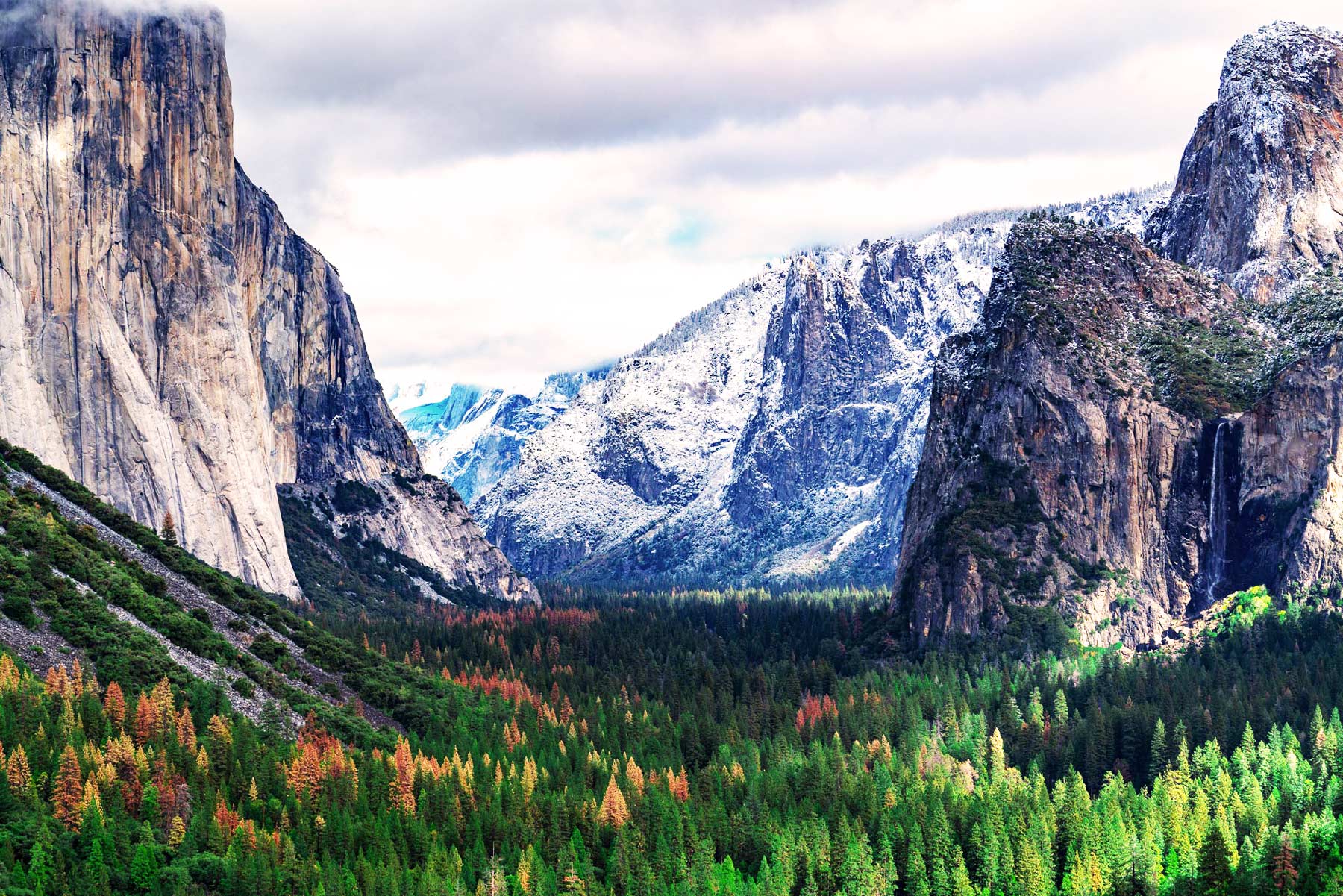
Today, John Muir’s “grandest of all temples,” is bursting with tourists in search of their latest social media trophy. At the end of the day, however, it’s still Yosemite National Park. Once you’re there, you’ll realize why it’s so popular. Despite its summer crowds, the valley and the park are truly one of the natural wonders of the world. The immense beauty found here is overwhelming and has a tendency to make one feel small in the most humbling way.
There can be nothing in the world more beautiful than the Yosemite, the groves of the giant sequoias and redwoods, the Canyon of the Colorado, the Canyon of the Yellowstone, the Three Tetons; and our people should see to it that they are preserved for their children and their children’s children forever, with their majestic beauty all unmarred.
-Theodore Roosevelt
Glacier National Park History
The man whom some would call America’s first environmentalist, George Bird Grinnell, would describe Glacier National Park as the “crown of the continent.” He first visited this magical place as a young man in 1885. As one of the first Americans to visit and record his impressions of Glacier, Grinnell would have the honor of having a glacier, a lake and a mountain named after him.
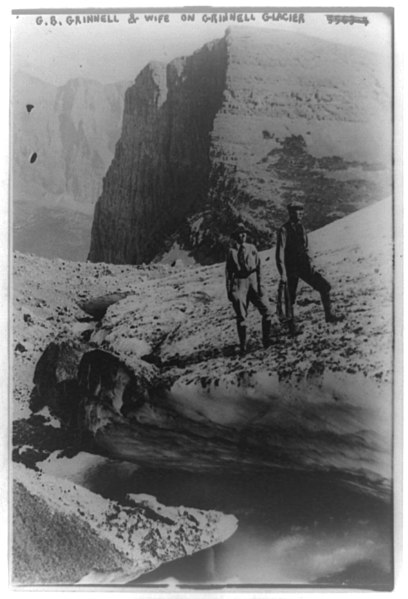
Glacier is one of the grandfathers of the National Park Service and continues to stand the test of time. This exceedingly beautiful mountainous park and its jaw-dropping vistas make other park overlooks appear tame by comparison.
If you can make the drive from the nearest airport or city, which aren’t close, then Glacier provides ample recreational opportunities and a park experience people of all abilities can enjoy. Among the musts in this park is the Going-to-the Sun Road, a true engineering marvel that winds through the mountains providing unparalleled views of one of the best national parks in America.

As a cinematic footnote, the Going-to-the-Sun Road provides the opening scene in the Steven King thriller The Shining. The actual setting of The Shining is Timberline Lodge, near the summit of Oregon’s Mount Hood. The interior shots for the film were in The Stanley Hotel in Estes Park, which is a town right outside of Rocky Mountain National Park. We thought you might find that interesting.
No words can describe the grandeur and majesty of these mountains, and even photographs seem hopelessly to dwarf and belittle the most impressive peaks. The fact that it is altogether unknown, the beauty of its scenery, and the opportunity it offers for mountain climbing, give the region a wonderful attraction for the lover of nature.
–George Bird Grinnell, “Crown of the Continent” in Century Magazine (1901)
Grand Teton National Park History
If history is one of the criteria for a gold medal then consider the history of this wilderness wonderland. It goes back at least 11,000 years when the first nomadic hunter-gatherers began migrating into the region. Efforts at preservation began in the late 19th century. In 1929, Grand Teton National Park was established, protecting the Teton Range’s major peaks.

Grand Teton National Park is truly iconic and, thanks to strong management and foresight, has been able to avoid the crowding more characteristic of its neighbor to the north – Yellowstone. Here, you will experience the spectacular Teton mountains, the winding Snake River, gorgeous lakes and valleys, and some of the best wildlife viewing opportunities in the entire park system.
The earth has music for those who listen.
—William Shakespeare
Redwood National Park History
Redwood National Park was mired in controversy as the lumber industry fought tooth and nail to keep it from being protected by the federal government. The American people would emerge victorious, however, as Congress finally approved it as a federal park on October 2, 1968 President Lyndon B. Johnson would sign into law the act that established Redwood National Park.
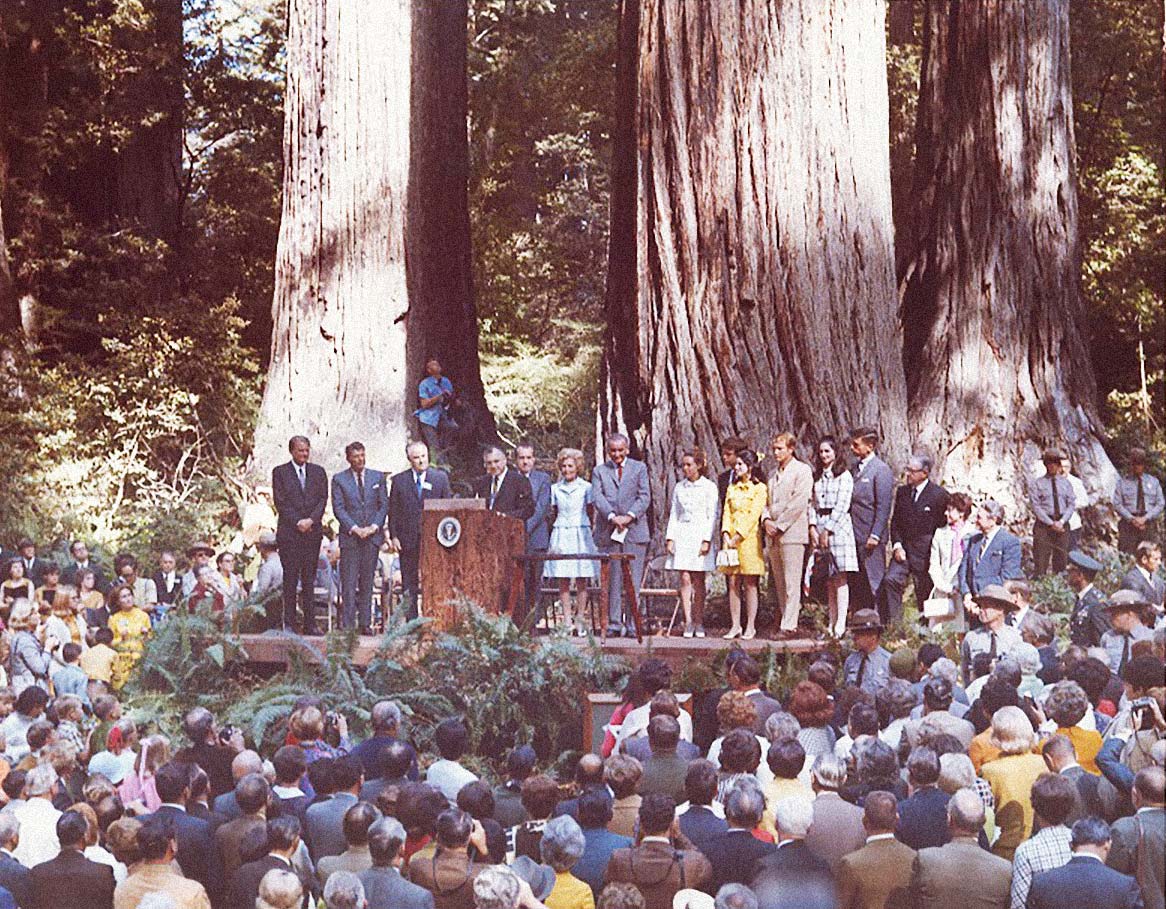
Redwood’s misty forests, wild coastline, pristine streams, and valleys teeming with wildlife are one of the best kept secrets in the national park system. Forty miles of wild and rugged coastline where whales swim and elk roam are more than enough to take your breath away. Waterfalls and clear blue streams rush against a backdrop of vivid green ferns. Those magnificent ferns can be traced back to the time of the dinosaurs.
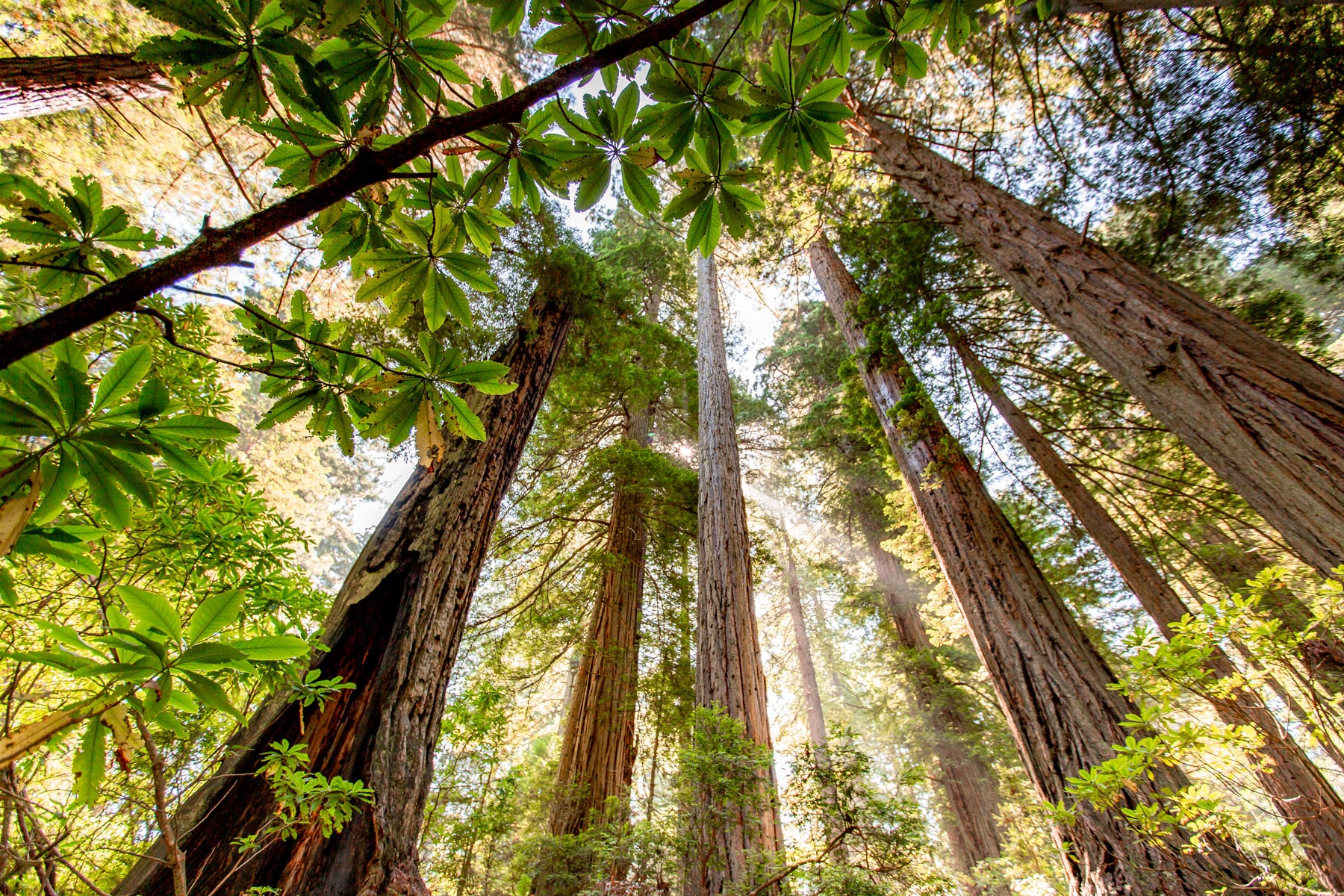
In Redwood, the tallest trees soar to almost unimaginable heights. They command your awed gaze. If you’re a fan of the Jurassic Park film series then you might remember those dinosaurs roaming around a make believe island off of the coast of Costa Rica in the sequel to the original Jurassic Park. Actually, those memorable scenes were shot in the Fern Canyon of Redwood National Park. The forest moon of Endor in Star Wars: Return of the Jedi was also filmed there.
The redwoods, once seen, leave a mark or create a vision that stays with you always. No one has ever successfully painted or photographed a redwood tree. The feeling they produce is not transferable. From them comes silence and awe. It’s not only their unbelievable stature, nor the color which seems to shift and vary under your eyes, no, they are not like any trees we know, they are ambassadors from another time.
― John Steinbeck, Travels With Charley: In Search Of America
Kenai Fjords National Park History
The jewel in the crown of Alaska’s magnificent wilderness areas, Kenai Fjords became a national park following the passage of the Alaska National Interest Lands Conservation Act (ANILCA) in 1980. The Act provided for 43,585,000 acres of new national park lands in Alaska. It was the single largest expansion of protected lands in history and more than doubled the size of the National Park System. Kudos to Jimmy Carter who we have awarded the title of “Greatest Conservation President.”
We actually just finished a feature documentary on Jimmy Carter set to release later this year which covers his conservation work as president and governor.
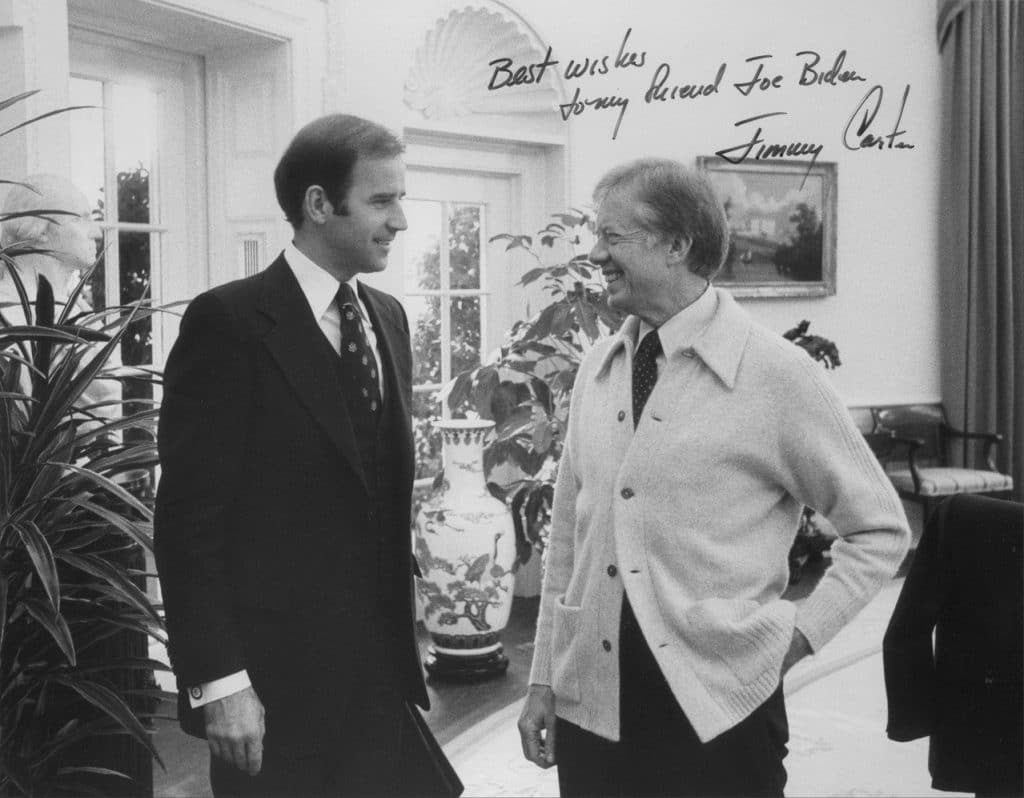
Kenai Fjords is perhaps the most accessible of all of Alaska’s national parks. Unlike most other national parks in Alaska, there is actual driving in this park, albeit limited, which allows access to hiking trails. There’s also regular boat tours out of Seward which take visitors by many of the most breathtaking areas and sites. Couple that with its access to Anchorage, which offers regular commercial flights, and we’ve got ourselves a real winner.
Future generations of conservation leaders must remember that we are stewards of a precious gift, which is not an unpleasant duty, but rather an exciting challenge. We must safeguard our land so that our children and grandchildren can enjoy freshwater, clean air, scenic mountains and coasts, fertile agricultural lands, and healthy, safe places to live and thrive.
-President Jimmy Carter
Rocky Mountain National Park History
At the turn of the last century, America’s national conservation and preservation movement, led by Theodore Roosevelt, Gifford Pinchot, and John Muir, advocated the preservation and protection of America’s most beautiful wilderness areas. The mining, logging, and agricultural interests would oppose them time and again.
Nevertheless, on January 26, 1915, our national park system would add another jewel to its crown when President Woodrow Wilson signed the Rocky Mountain National Park Act.
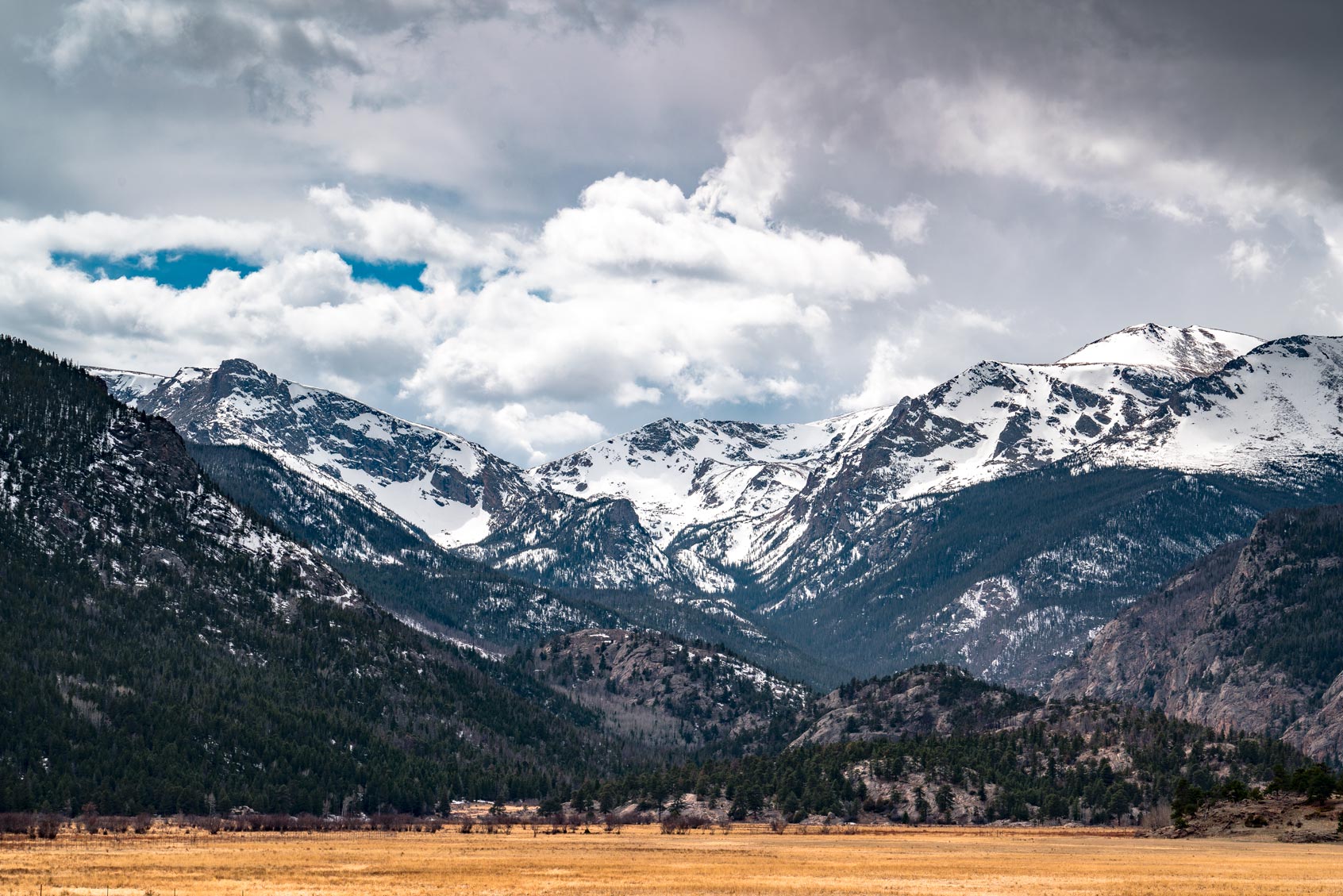
Tucked into the heart of Colorado’s front range, this amazing park spans more than four hundred square miles of breathtaking mountain scenery. This national park is considered by many to be the jewel of the American Rockies and it’s no wonder why. Rocky Mountain is home to an incredible diversity of wildlife including elk, moose, bighorn sheep, beaver, deer, black bear, eagles, marmots, mountain lions and much, much more.
Under the rough and ridiculous circumstances of life in the Rocky Mountains there was something exciting and vital, full of rude poetry: the heartbeat of the West as it fought its way upward toward civilization.
-Wallace Stegner
Zion National Park History
Originally named Mukuntuweap, the area was renamed Zion. This was a name used by the local Mormon community. Zion National Park was officially established by Congress on November 19, 1919. More recently, the park served as the site for scenes from the 1969 classic film Butch Cassidy and the Sundance Kid.
As an interesting side note, Paul Newman was originally cast as Butch Cassidy. Finding his co-star and fellow outlaw, however, would not be quite as easy. Originally, Newman approached Steve McQueen about playing the role of the Sundance Kid. McQueen was unhappy with the billing so he wouldn’t agree to do it. Fortunately, there was a young and relatively unknown actor by the name of Robert Redford who didn’t care who got the top billing. And the rest, as they say, is cinematic history.
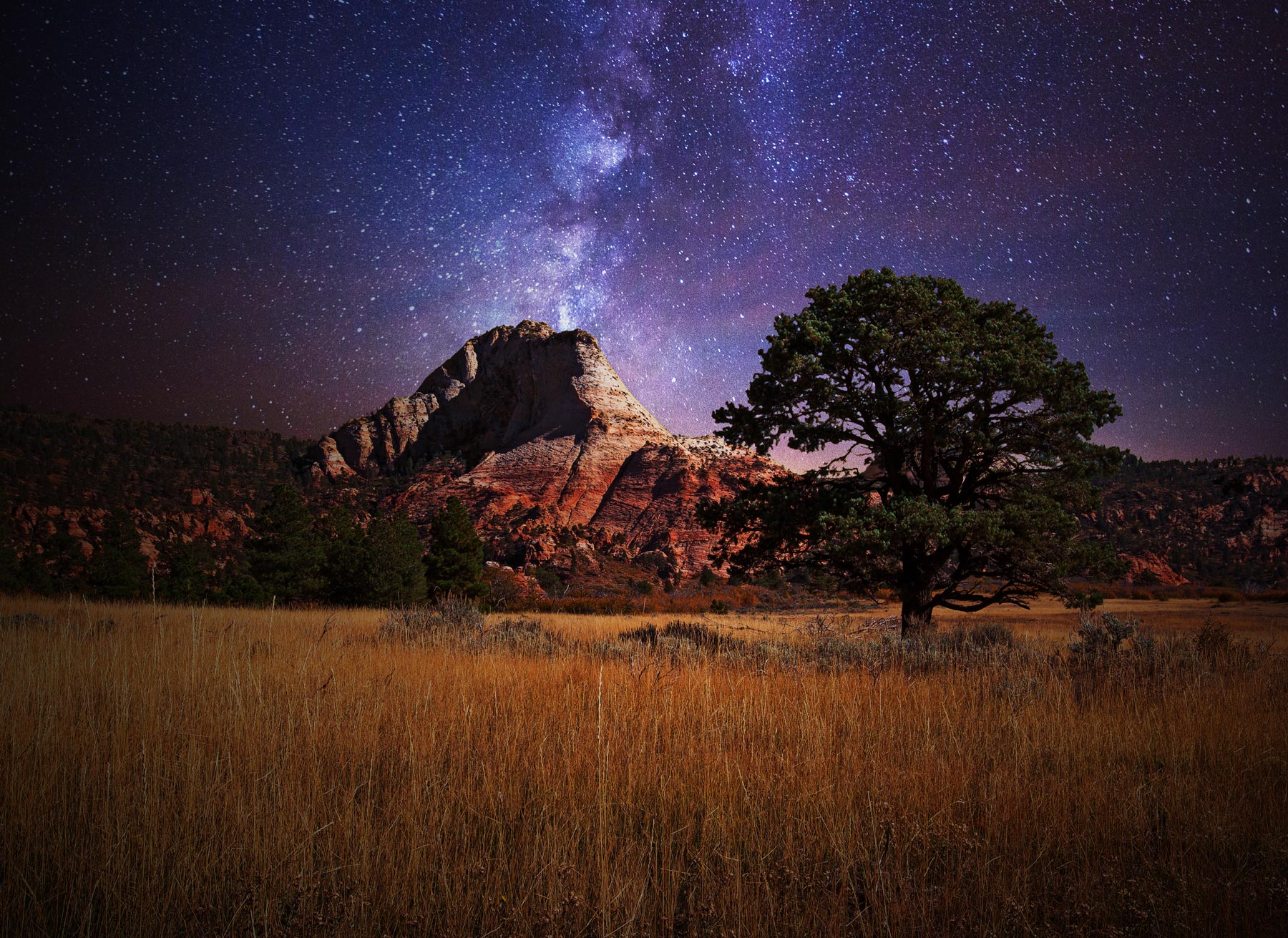
Zion is a wonderful place to visit though we are concerned that it’s being loved to death these days. While the park is jaw-droppingly beautiful and home to world-class recreational opportunities, it’s also overwhelmed with tourists.
Nevertheless, it’s beautiful vistas and gorgeous trails, not to mention the incredible array of wildlife, still make it a gold medal park in our book. The fact that so many people are flocking to Zion these days is a testament to its incredible appeal.
There is nothing so American as our national parks…. The fundamental idea behind the parks…is that the country belongs to the people, that it is in process of making for the enrichment of the lives of all of us.
-Franklin Delano Roosevelt
Olympic National Park History
President Theodore Roosevelt would originally designate it as Olympus National Monument on March 2, 1909. It would be left to his fifth cousin, Franklin Delano, to change the designation to that of a national park on June 29, 1938. In recognizing this incredible place, the Roosevelts would team up to make America a wonderful gift.
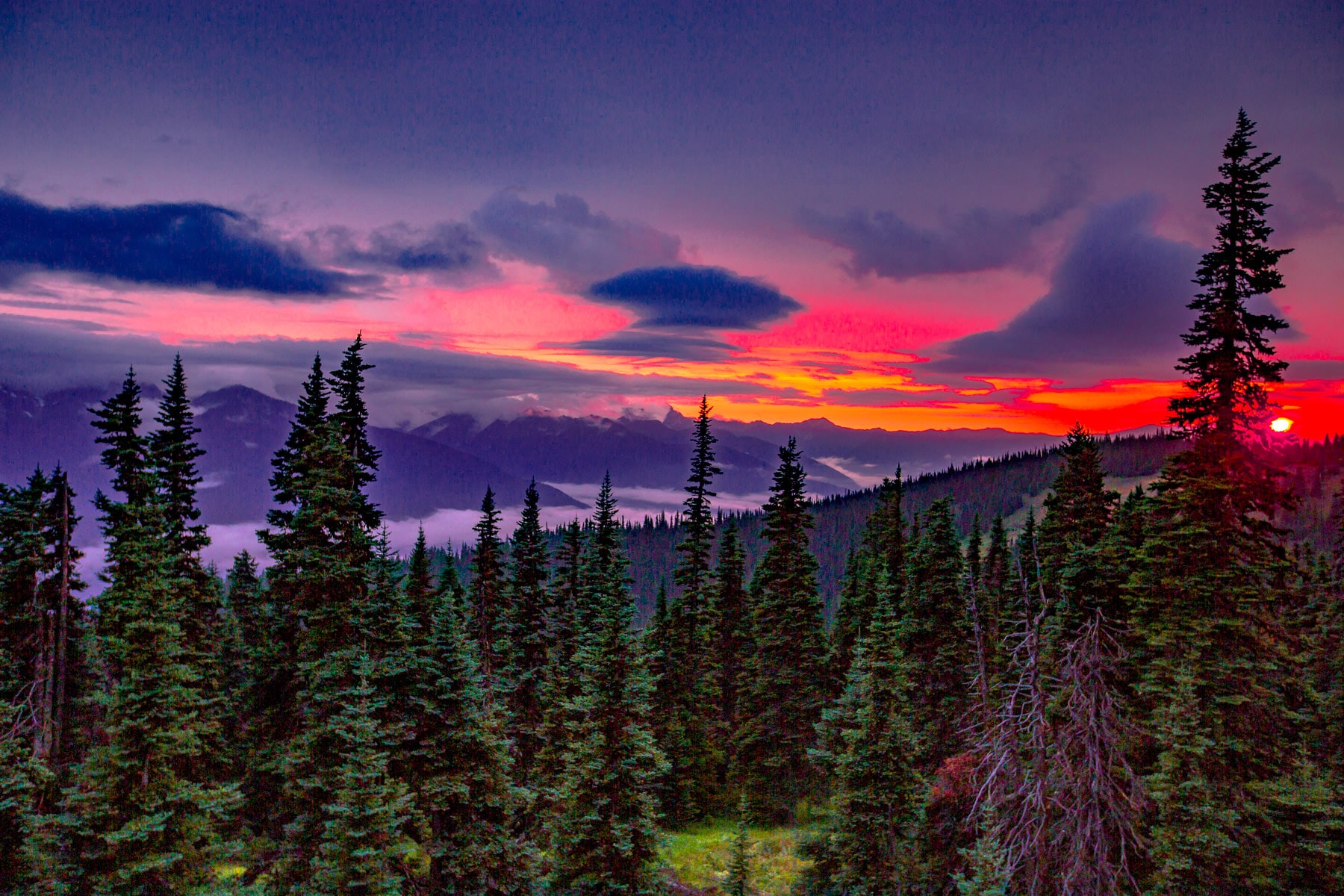
Olympic National Park is the most diverse national park in America. This park has everything from lowland forests, striking mountain ranges, pristine alpine lakes, sparkling rivers, temperate rainforests (the largest in North America), iconic wildlife, and over fifty miles of wild coastline. And, it’s oh-so-close to Seattle. Olympic National Park has it all especially if you’re looking to beat the crowds.
Wilderness, like the national park system, was an American idea.
-Stewart Udall
Voyageurs National Park History
Our final gold medal national park is the one we consider to be the most underrated in America. At Voyageurs National Park, there’s so much to see and do. You can truly feel like you have the place to all to yourself. In the summer, you can spend seemingly endless days on the water. You can fish, hike, explore or just take it all in and relax on the beach.

A word of caution: This watery wonderland is almost exclusively accessible by boat only. Here, in the pristine waters of vast lakes and the mosaic of islands and boreal forests that comprise the park, you can truly get away from it all and listen to nothing, but the sound of your canoe gliding through the tranquil water with the distant call of loons in the background.
From kaleidoscopic sunrises and sunsets mirrored on the glassy waters of its pristine lakes, to some of the most spectacular displays of northern lights you’ll find anywhere on the planet, Voyageurs is a true monument to the wonders of nature.
In every walk with nature one receives far more than he seeks.
-John Muir
Final Thoughts
We hope that you’ve found our list of gold medal parks helpful as you plan your next getaway. If you decide you would rather experience the excitement of the great outdoors than sit home and watch the Tokyo Olympics then we hope you’ll consider traveling to one of these amazing places.
We welcome your feedback if you would like to comment on our list or share with us other parks you believe are equally deserving. It brings us great joy to bring these wonderful places to life for everyone to enjoy whether they wish to travel there or merely experience their magic through one of our many films. We believe that Wallace Stegner said it best in 1983 when he said, “National parks are the best idea we ever had. Absolutely American, absolutely democratic, they reflect us at our best rather than our worst.”
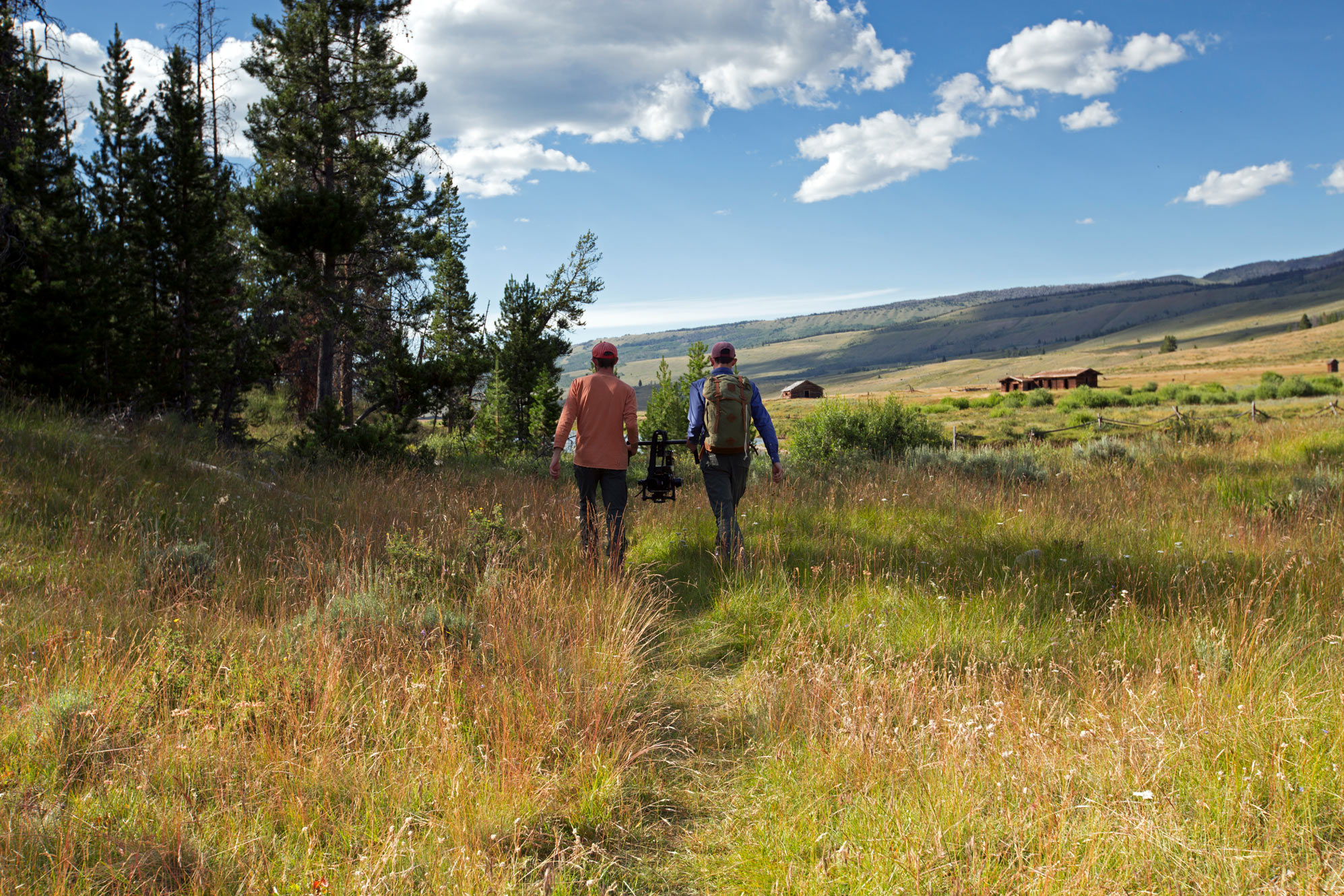

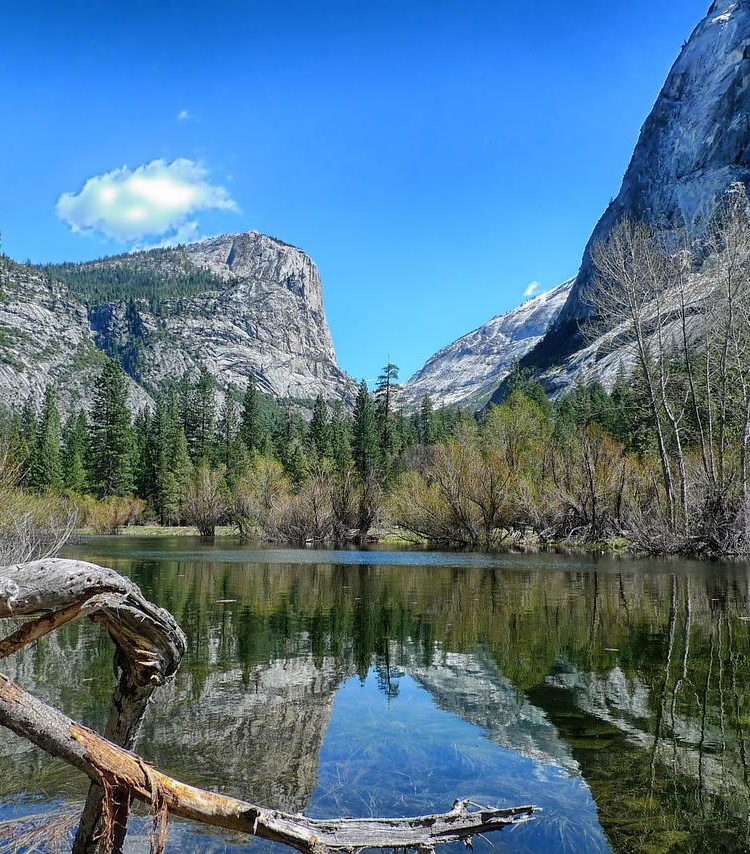
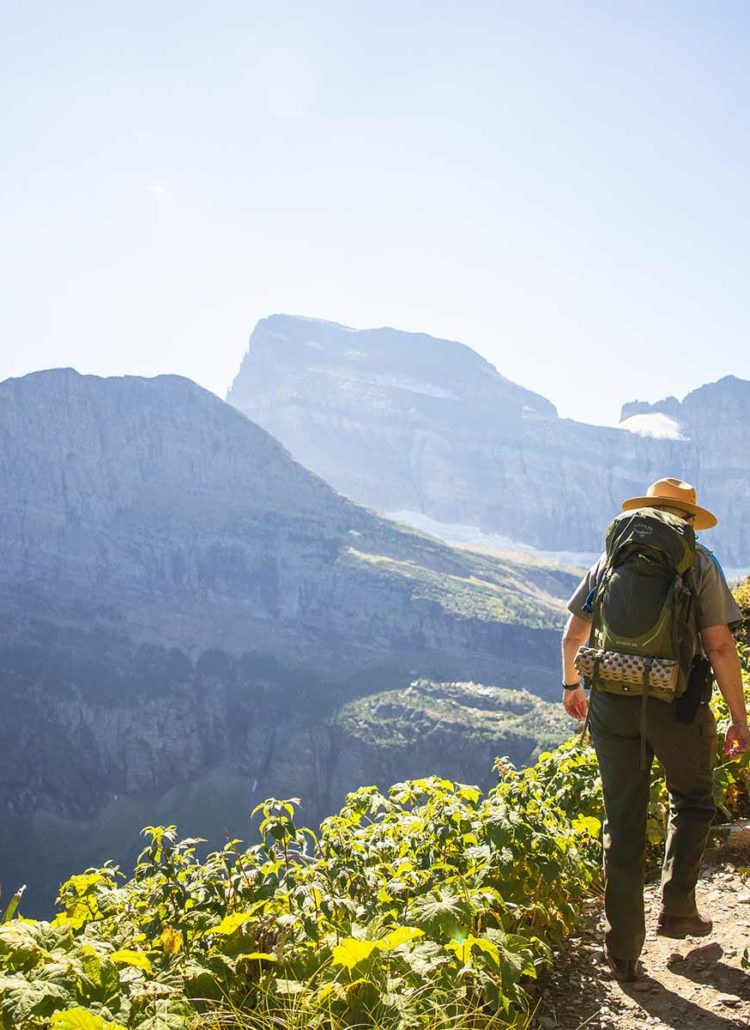
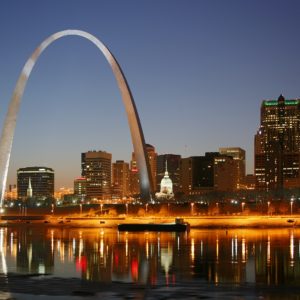

Thank you for this wonderful article of park history. I have been to everyone of these parks and sometimes miss the historical aspects. Thank you for sharing!
Hi Sheri,
Thanks so much for taking the time to read through! It’s amazing how much history exists in these places we visit for their natural beauty.
Cheers!
Will